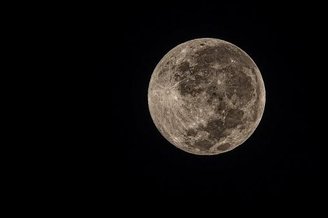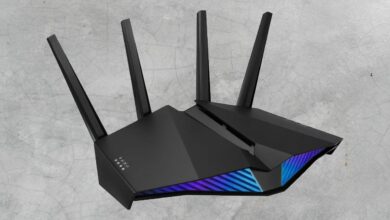Is Zoozve a quasi-moon in the Solar System? Discover the history

Recently, Radiolab podcast host Latif Nasser asked about a quasi-moon named 'Zoozve', when he found her being mentioned in his son's astronomy poster. It has been described as a supposed moon of Venus. Unfortunately, Nasser was unable to find any information on Google and NASA did not mention it in any articles or publications.
After calling the poster's illustrator and a senior communications specialist at the US National Aeronautics and Space Administration (NASA), Liz Landau, the podcast host realized it was a labeling error made by the image's artist. In reality, the quasi-satellite was named 2002-VE68 and is actually an object close to Venus.
Venus had a moon called Zoozve. Huh, I thought. Never heard of that. pic.twitter.com/3reaeMB5WQ
— Latif Nasser (@latifnasser) January 26, 2024
What is a quasi-moon?
Experts in the field explain that a quasi-moon is an object captured by the gravity of a planet, orbiting it in a way that resembles a moon, like on Earth, but is not truly the same type of cosmic structure. I.e, although it has characteristics similar to those of a moon, it cannot be placed in the same category as a natural satellite as science recognizes.

“When he called NASA to ask about this, they had never heard of Zoozve and, furthermore, insisted that Venus has no moons. So begins a little mystery that leads to a newly discovered type of object in our solar system that is simultaneously a moon but also not a moon, and that opens the way to asking one of the most profound questions about our universe: How Is that predictable, really? And what does this mean for our place in it?”, is described by Radiolab.
Is the Zoozve quasi-moon real?
As already mentioned, the poster's illustrator made a mistake in describing the cosmic object as 'Zoozve', as its original name is 2002 VE 68. You can see that O The artist confused the numbers 2002 with the letters spelling 'Zooz' and, by adding the 'VE' from the original lettering, created the name 'Zoozve'.
The first numerical part of the quasi-moon refers to the year of its discovery, in 2002, while the words 'VE' were added according to a specific NASA designation.
The quasi-satellite has an orbit that revolves around the Sun and completes a 'year' in just under 225 days, approximately the same period that Venus takes to complete a 'year'. In fact, the planet and 2002 VE 68 are orbiting the Sun almost in sync.
An article on the topic explains that the 2002 VE has been on the same orbital path for approximately seven thousand years and will probably remain on that same path for another five centuries. Scientists explain that it is likely to be an asteroid that was close to Earth seven millennia ago and was deflected to its current orbit due to the gravitational influence of our planet.
“We find that 2002 VE68 will remain a quasi-satellite of Venus for another ~500 years and its dynamic evolution is controlled not only by Earth, with a non-negligible contribution from the Moon, but also by Mercury. 2002 VE68 exhibits resonant behavior ( or near resonant) with Mercury, Venus and Earth. Our calculations indicate that an actual collision with Earth during the next 10,000 years is highly unlikely, but encounters as close as 0.04 au occur with a periodicity of every 8 years,” explains a study of the object.
Did you like the content? So, continue discovering more astronomical curiosities with this one, here at TecMundo. If you wish, take the opportunity to understand whether the Earth can ever leave our solar system.





